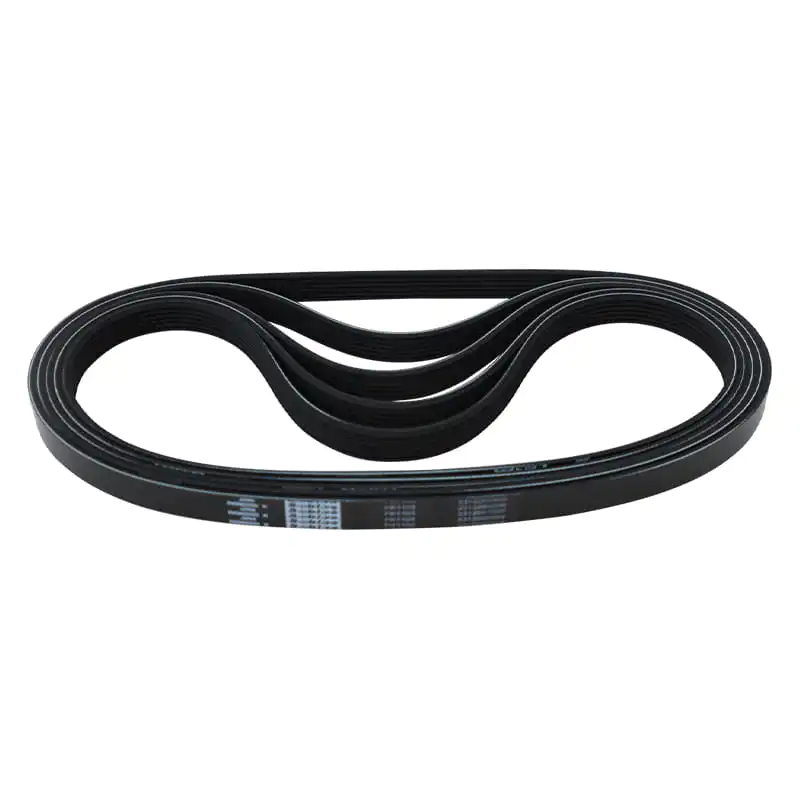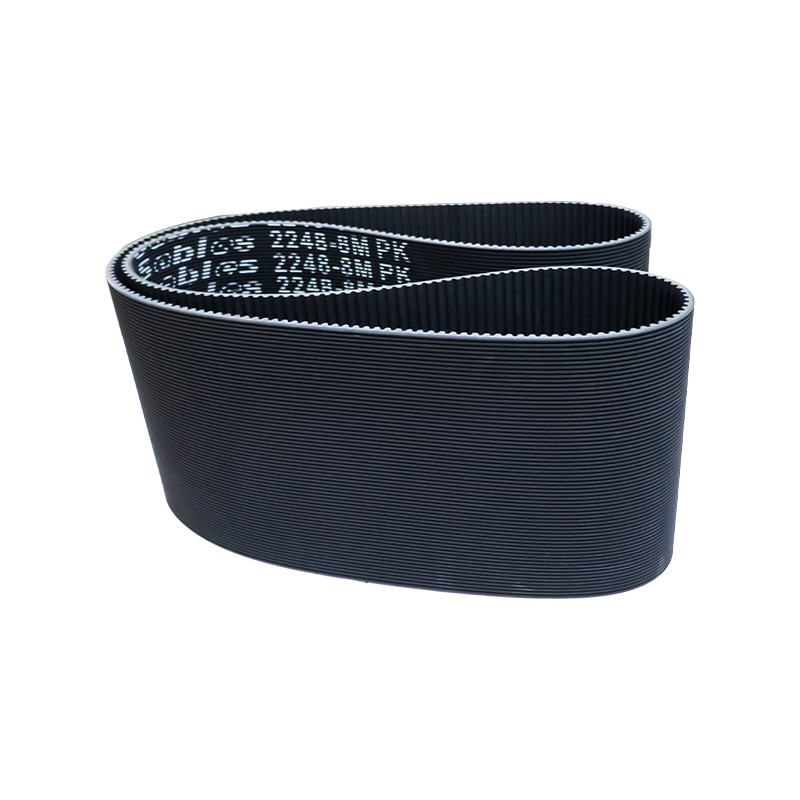How Do Rubber Coated Belts Meet Food Industry Hygiene Standards?
The food industry operates under strict hygiene regulations, and any equipment used in processing or transporting food must adhere to rigorous standards. Rubber Coated Belts excel here because they are often made from food-grade rubber materials that are non-toxic, resistant to bacteria growth, and easy to clean. Unlike some traditional belt materials that may harbor cracks or crevices where food particles and germs can hide, the smooth surface of Rubber Coated Belts minimizes these risks. They can withstand frequent washdowns with hot water and sanitizing agents without deteriorating, ensuring that the belt remains a clean link in the food production chain. This ability to maintain hygiene while handling everything from raw ingredients to packaged products makes Rubber Coated Belts a must in food processing facilities.
What Makes Rubber Coated Belts Ideal for the Harsh Mining Environment?
Mining is an industry defined by extreme conditions—heavy loads, abrasive materials, and exposure to moisture, chemicals, and rough terrain. Rubber Coated Belts are built to thrive in such environments. The rubber coating acts as a tough barrier, protecting the underlying belt structure from the wear and tear caused by transporting ores, rocks, and minerals. This coating is highly resistant to abrasion, meaning the belts can handle the constant friction of rough materials without quickly wearing out. Additionally, Rubber Coated Belts offer excellent grip, preventing slippage even when moving heavy loads up steep inclines or through wet conditions common in mines. Their durability reduces the need for frequent replacements, minimizing downtime in an industry where every minute of operation counts.
How Do Rubber Coated Belts Enhance Efficiency in Both Industries?
Efficiency is key in both food and mining operations, and Rubber Coated Belts contribute significantly to this. In food processing, their smooth and consistent movement ensures that products are transported without jostling or damage, reducing waste. The ease of cleaning also means less time spent on maintenance, allowing the production line to run more continuously. In mining, the strength and reliability of Rubber Coated Belts enable them to handle high volumes of materials at a steady pace, keeping the extraction and transportation process flowing smoothly. Their resistance to damage from chemicals used in mining (such as those for processing ores) further ensures that operations aren’t disrupted by belt failures. By minimizing interruptions and maximizing throughput, Rubber Coated Belts prove their value as essential components in both industries.
Are There Versatile Features of Rubber Coated Belts That Benefit Both Sectors?
Beyond their industry-specific advantages, Rubber Coated Belts offer versatile features that make them suitable for both food and mining applications. They can be customized to fit different conveyor systems, whether it’s a small-scale food processing line or a large mining conveyor belt. The rubber material is flexible, allowing the belts to adapt to different shapes and angles in the conveyor setup. Additionally, many Rubber Coated Belts are designed to be heat-resistant, which is useful in food processing where products may be hot, and in mining where equipment can generate high temperatures. This versatility, combined with their core strengths of hygiene, durability, and efficiency, solidifies why Rubber Coated Belts are a must in both the food and mining industries.














